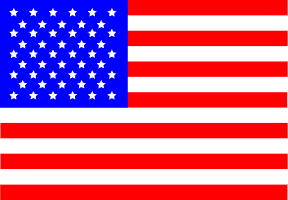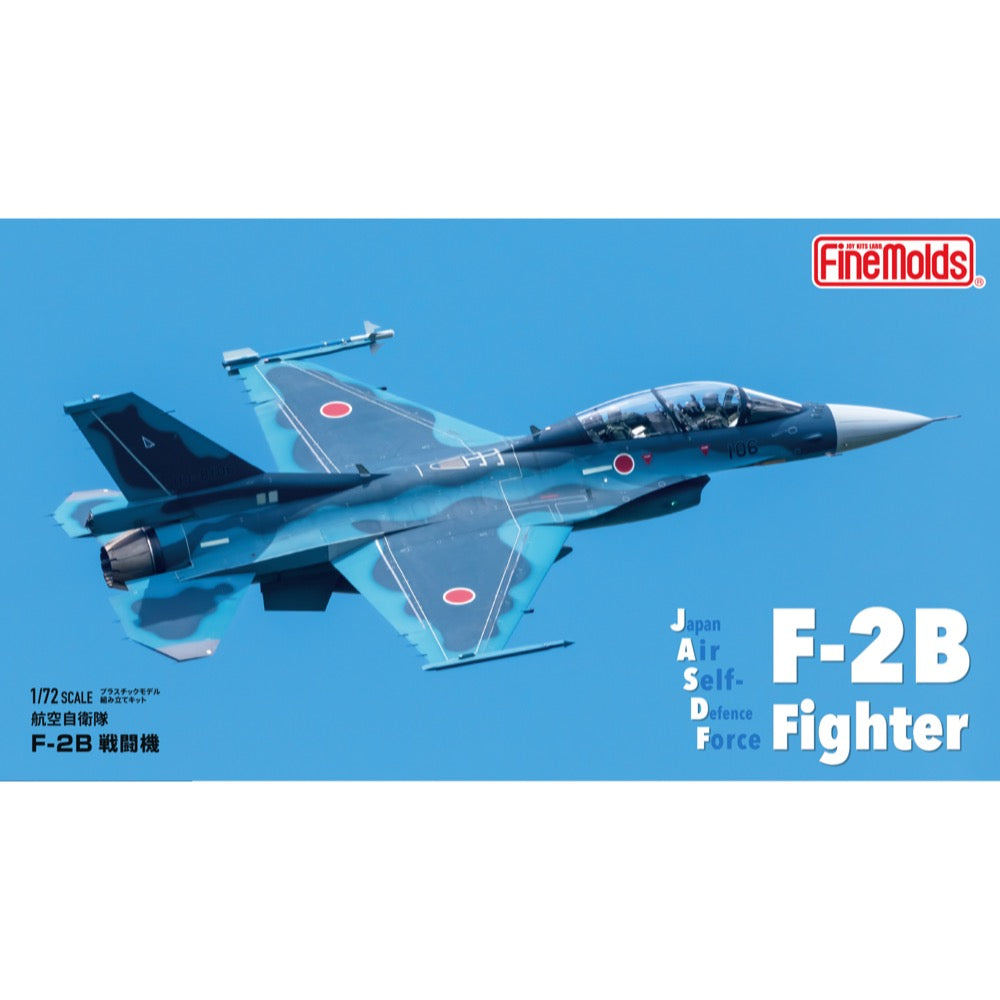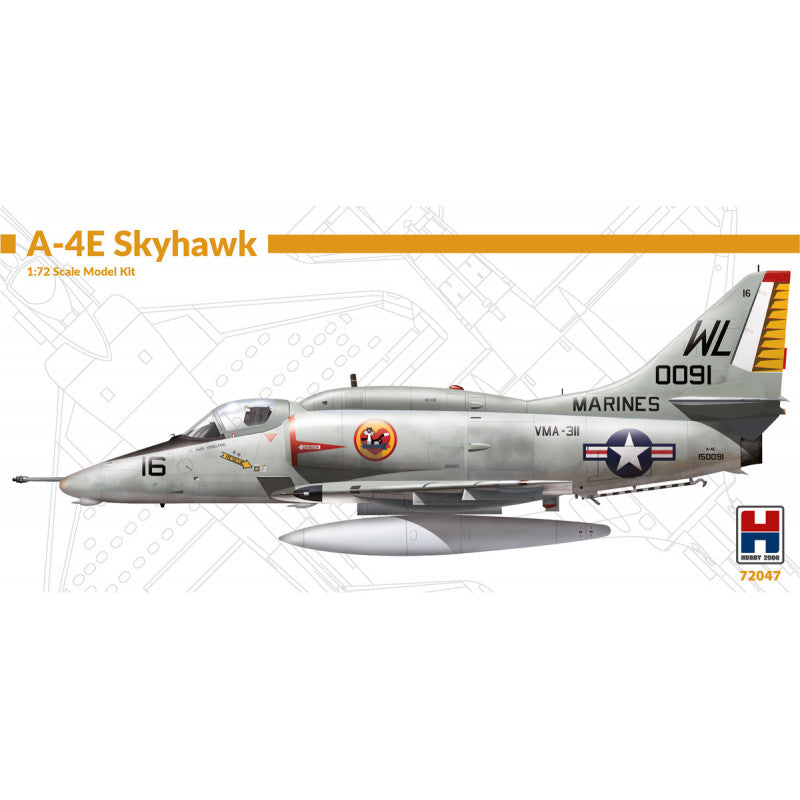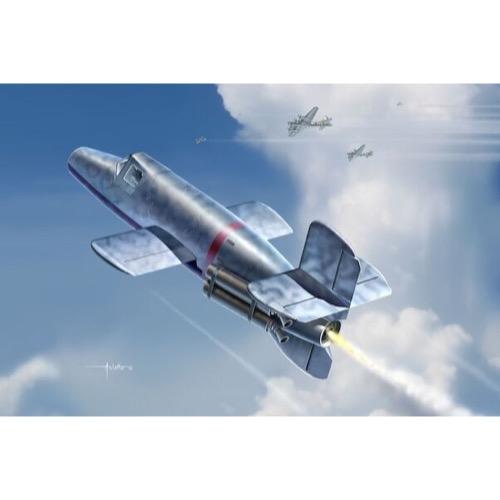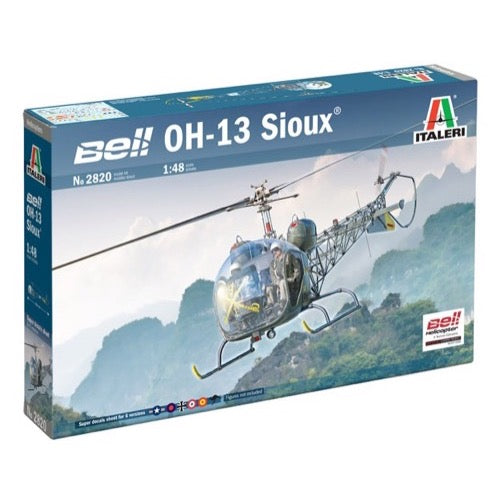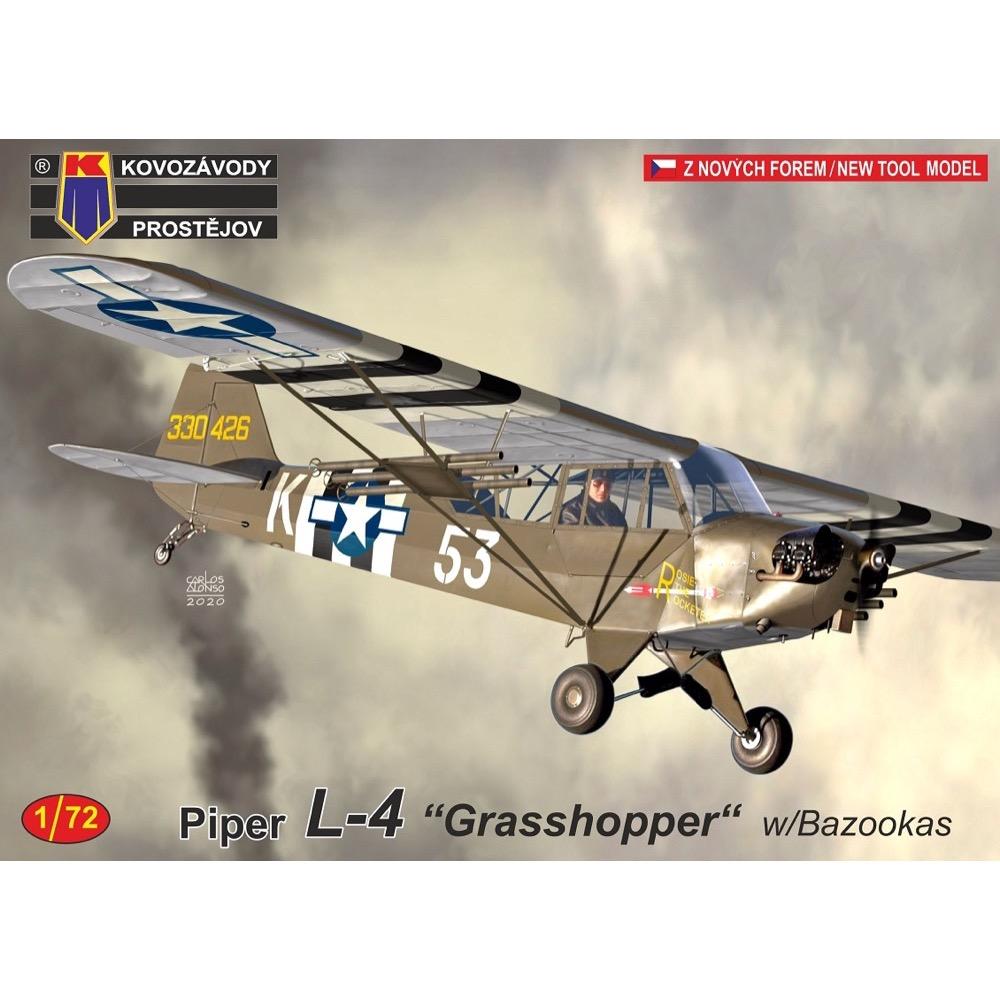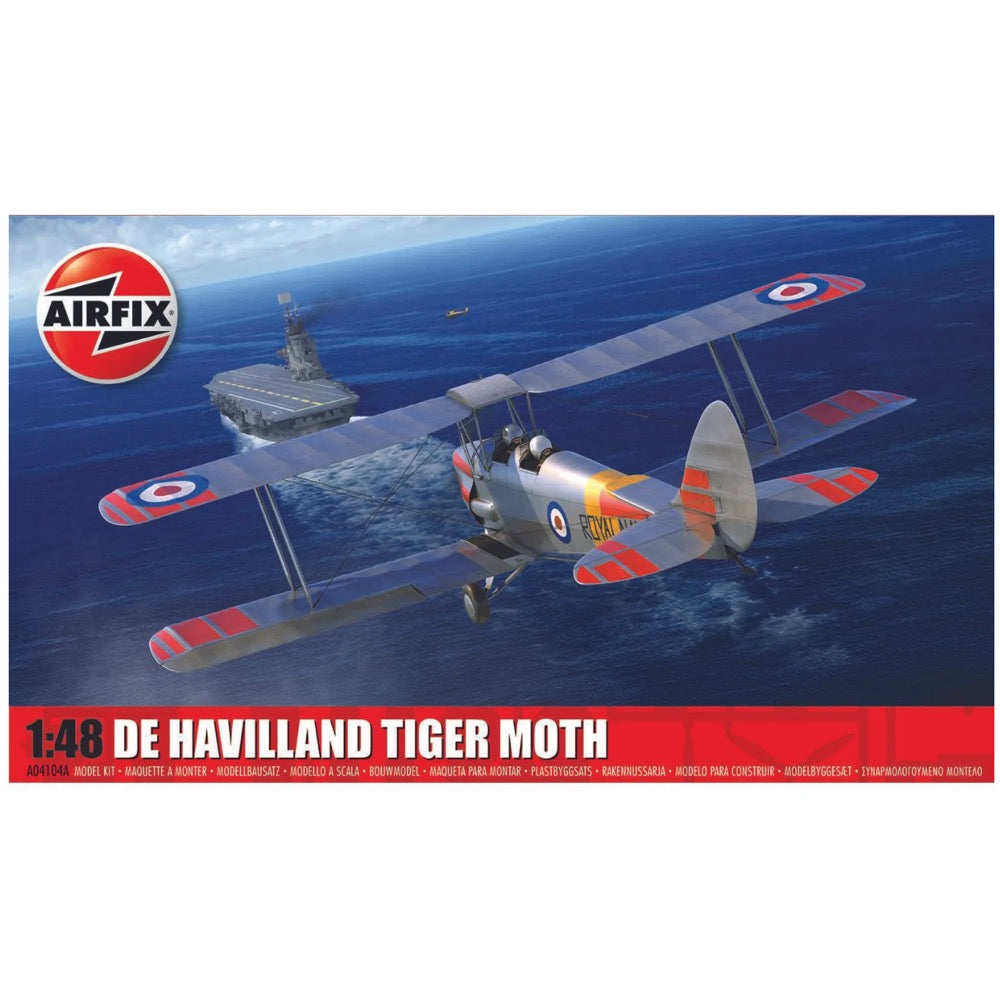
Airfix 04104A 1/48 de Havilland Tiger Moth
19.00
$
<p>From the perspective of a student pilot, the de Havilland Tiger Moth was a relatively stable and forgiving aircraft to fly, possessing few handling vices and being generally supportive of the odd silly mistake by the novice pilot.</p><p>It quickly gained a reputation as being an ‘easy aeroplane to fly, but a difficult one to fly well’, qualities which seemed to make this the ideal aircraft to serve as a primary/basic trainer for large numbers of pilots destined to fly operationally during WWII.</p><p>At the start of the war, the RAF had around 500 Tiger Moths in service, but would requisition hundreds more from flying clubs up and down the country.</p><p>The De Havilland Tiger Moth is a British mixed training biplane with a fixed undercarriage. The prototype flight took place in 1931. The first production version, powered by the 120hp de Havilland Gipsy III engine, was the Mk.I. Soon after, however, the engine was changed to the de Havilland Gipsy Major with 130hp, and this is how the Mk.II version was created. Serial production started in 1933 and continued until 1944. The Tiger Moth was one of the RAF's primary training aircraft during World War II.</p><h3>Markings</h3><ul>
<li>Scheme A. De Havilland DH82A Tiger Moth, BB852/E, Britannia Flight, Britannia Royal Naval College, Roborough, Plymouth, Devon, July 1st, 1965, the last biplanes to land on a British aircraft carrier (HMS Eagle). (A)</li>
<li>Scheme B. De Havilland DH82A Tiger Moth, No.9 Elementary and Reserve Flying Training School, Royal Air Force Ansty, Warwickshire, England, October 1940. (B)</li>
</ul>
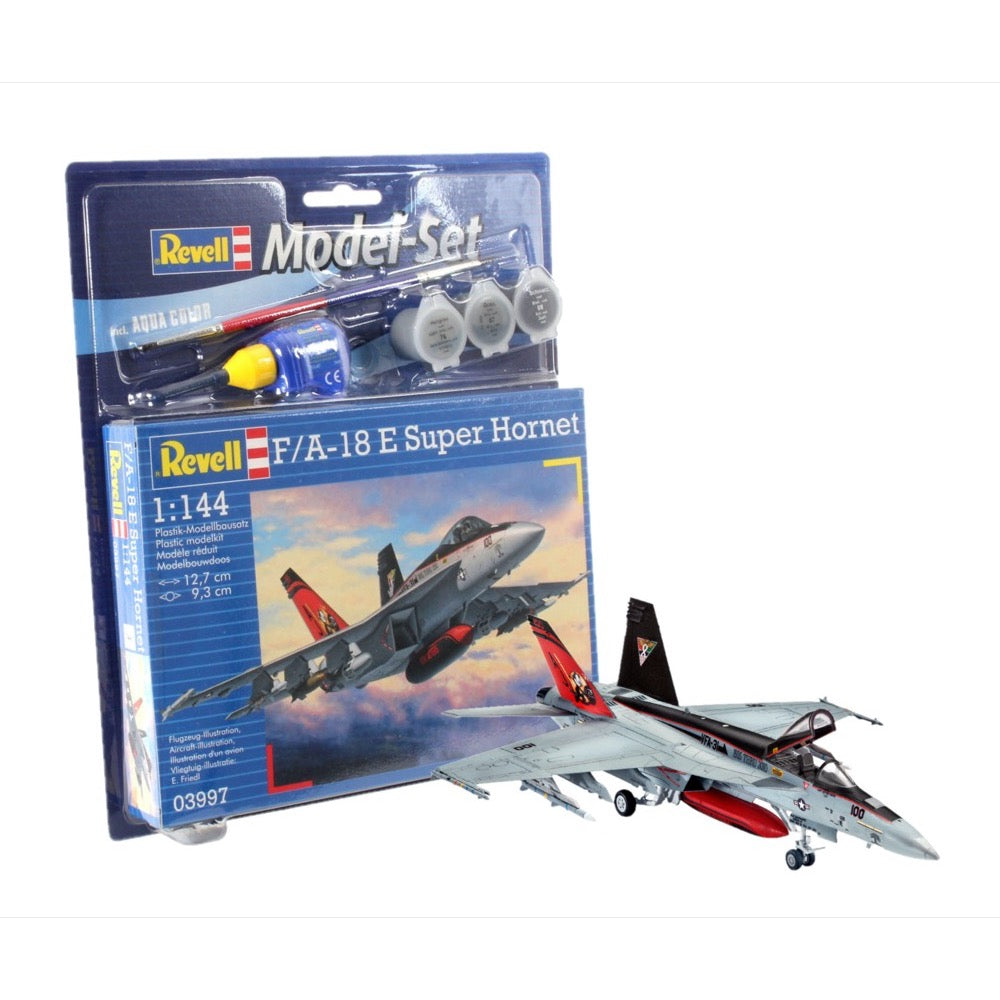
Revell 63997 1/144 F/A-18 Super Hornet Starter Set
18.00
$
<p>The F/A-18E Super Hornet is the U.S. Navy's most advanced fighter and combat aircraft, replacing the F-14 as well as the F/A-18 C. Its use of JDAM and laser-guided bombs allows it to attack enemy targets with much greater precision, and it also has an extensive arsenal of the latest generation of guided weapons.</p>
<h3>Features</h3>
<ul>
<li>New kit shape</li>
<li>Detailed surfaces with recessed sheet metal joints</li>
<li>Cockpit with ejection seat</li>
<li>Detailed landing gear</li>
<li>6 wing pylons and fuselage pylon</li>
<li>2 GBU-31 tanks</li>
<li>2 Mk83 bombs</li>
<li>2 AIM-9x guided missiles</li>
<li>2 auxiliary tanks</li>
<li>Decal with 2 US Navy versions</li>
</ul>
<h3>Specification</h3>
<ul>
<li>Scale: 1:144</li>
<li>Age recommendation: 10+</li>
<li>Number of parts: 63</li>
<li>Length: 127 mm</li>
<li>Wingspan: 93 mm</li>
</ul>
<h3>Warnings!</h3>
<p>Caution. Not suitable for children under 8 years. Solvent-based glue (contains n-butyl acetate, 12.5 g) and water-soluble paints included. Glue bottle with functional, sharp tip! Keep under lock and key. Liquid and vapor flammable. May cause drowsiness and dizziness. Dispose of in accordance with local / regional / national / international regulations. Use under adult supervision. Read and follow instructions before use with your child and keep ready for reference.</p>
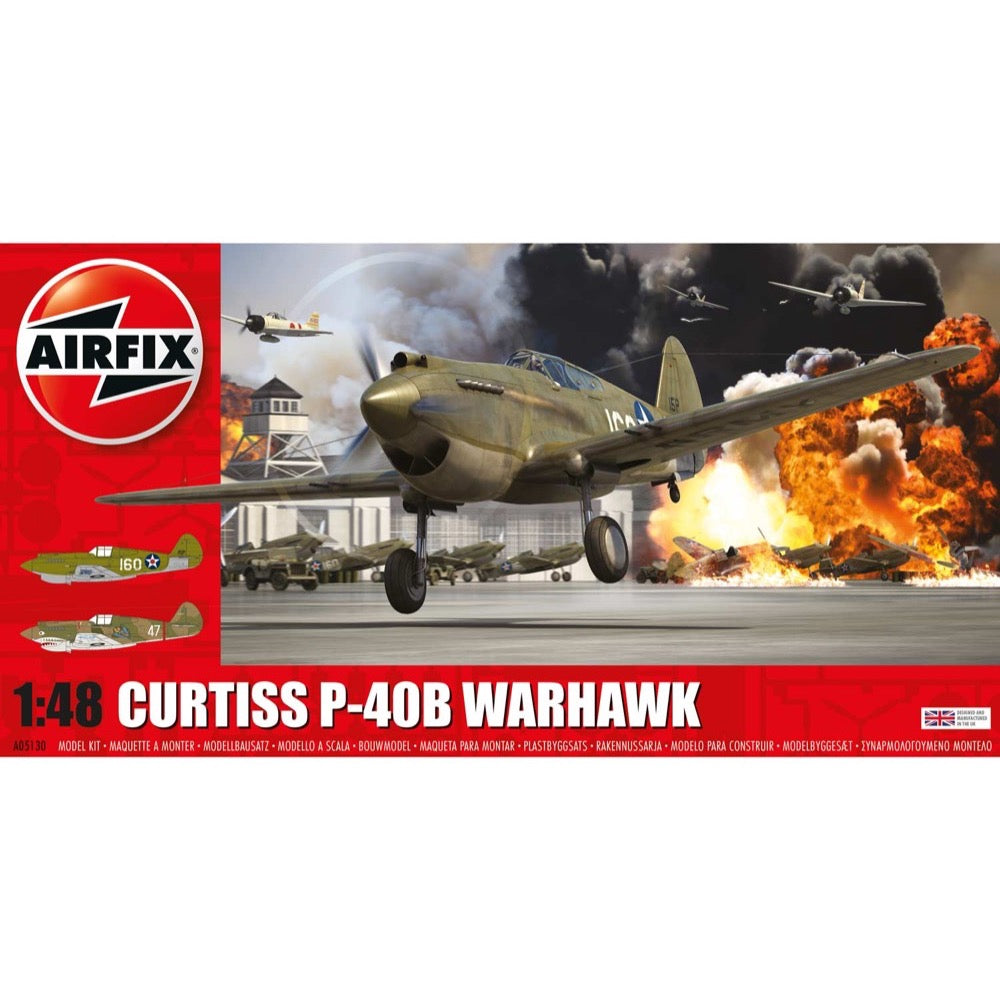
Airfix A05130A 1/48 Curtiss P-40B Warhawk
23.00
$
<p>During the early stages of WWII, the American built Curtiss P-40B proved to be one of the most important fighter aircraft available to Allied Air Forces. Flying with the RAF in North Africa and the American Volunteer Group in China, the Allison V-1710-33 powered P-40B was to became one of the most distinctive fighters of the entire war, wearing their fearsome shark-mouth artwork.Arguably, the most striking versions of the P-40 were the early machines, which displayed an extremely sinister profile '”œ with a shorter, more pointed nose and an extremely throaty Allison V-1710 engine, the P-40B (Tomahawk IIa in RAF service) aircraft looked almost like flying Great White sharks. When RAF No.112 Squadron of the Desert Air Force added aggressive looking sharks teeth and eyes to their aircraft in 1941, they inadvertently turned their Tomahawks into some of the most iconic aircraft of WWII and certainly some of the most visually appealing. These designs would find their way on to many different aircraft throughout the remainder of the war, but the RAF Desert Air Force certainly started the trend.</p><h3>Specifications</h3><ul>
<li>How many pieces will be found in the box opened by the customer?: 106</li>
<li>Item Scale: 1:48</li>
<li>License line: BAE SYSTEMS is a registered trade mark of BAE Systems plc.</li>
<li>Contents (what's in the box) sets: Sprues & decals</li>
<li>Finish: Plastic</li>
<li>Number of Scheme options: 2</li>
<li>Skill Level: 2</li>
<li>Flying Hours: 2</li>
<li>Wingspan (mm): 237</li>
</ul>
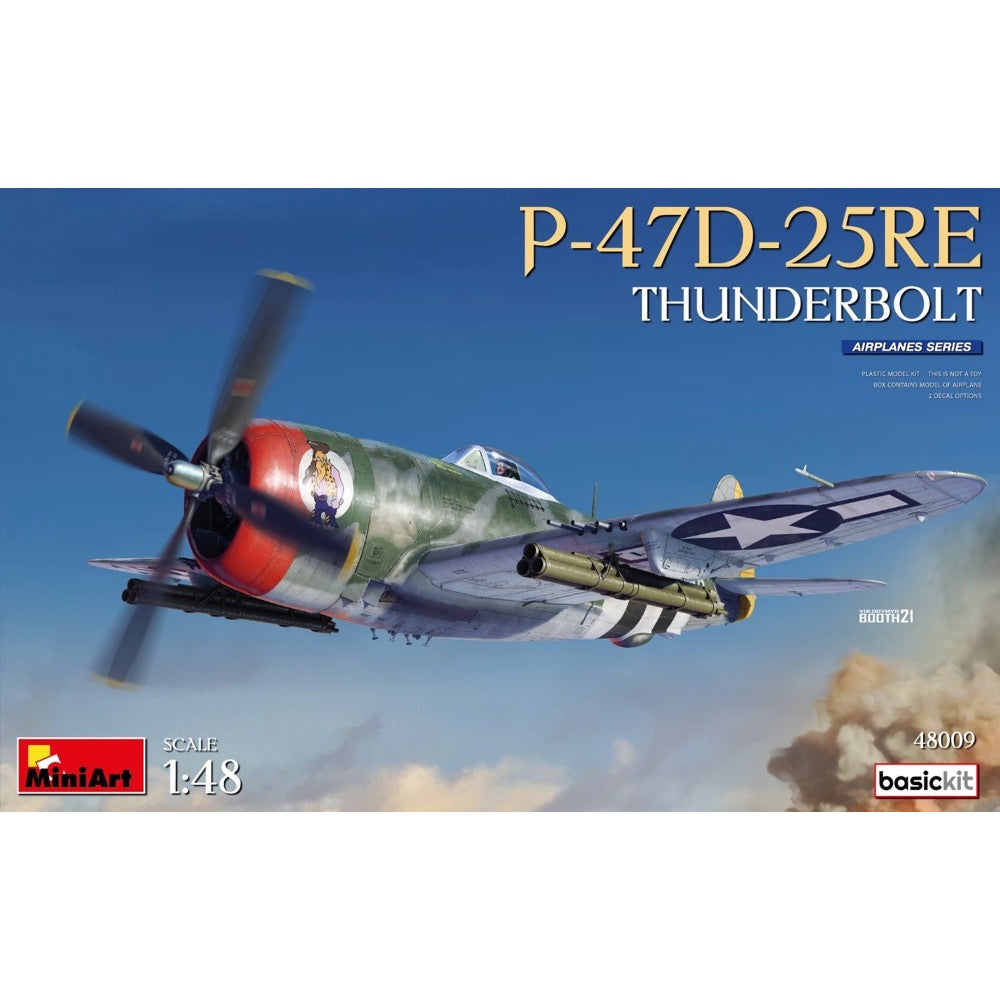
MiniArt 48009 1/48 P-47D-25RE Thunderbolt Basic Kit
29.00
$
<p>P-47D-25RE THUNDERBOLT. BASIC KIT</p>
<h3>Features</h3>
<ul>
<li>
<p>Highly detailed model</p>
</li>
<li>
<p>Hatch can be posed open and closed</p>
</li>
<li>
<p>3 types of wheels</p>
</li>
<li>
<p>Clear parts</p>
</li>
<li>
<p>Decals for two variants</p>
</li>
<li>Box size: 386x240x90</li>
</ul>
<p> </p>
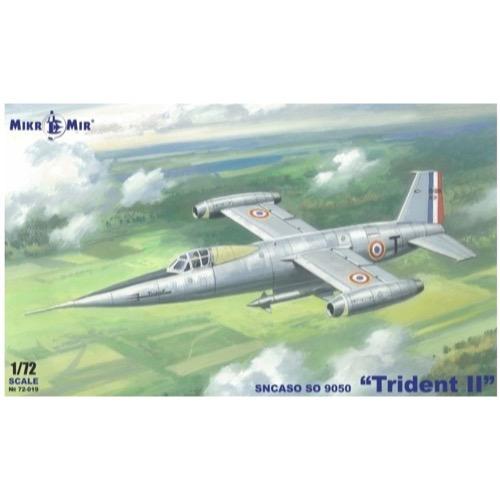
Mikro-Mir MM72-019 1/72 SNCASO Trident II
29.00
$
<p>Two prototype SO.9050 Trident IIs were ordered in 1954 and primarily differed from their predecessors by the use of a more powerful rocket as a two-chamber 29.3 kN (6,600 lbf) SEPR 631 rocket replaced the SEPR 431. Other changes included the deletion of the ailerons, a smaller wing, an enlarged cockpit, the transfer of the speed brakes from the wings to the fuselage and the lengthening of the landing gear to accommodate a large air-to-air missile (AAM) beneath the fuselage.[13] The first aircraft made its maiden flight on 19 July 1955, albeit only with its turbojets, and its first rocket-powered flight occurred on 21 December. The second prototype first flew on 4 January 1956, but was destroyed three days later when the fuel pump to the turbojets failed and the engines flamed out. A third prototype had been built by SNCASO to develop a surface-to-air missile based on the Trident, but it was purchased by the Air Force to replace the destroyed aircraft and first flew on 30 March</p>
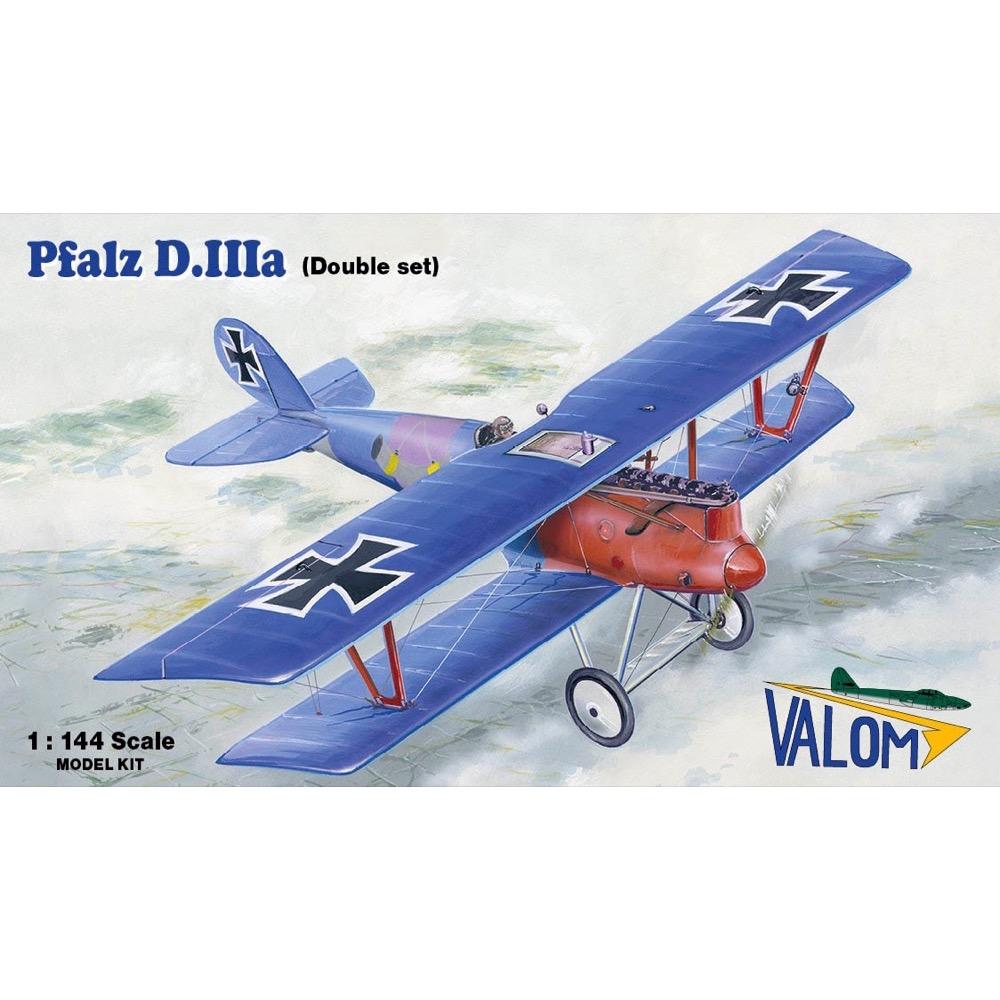
Valom 14423 1/144 Pfalz D III Double Set
10.00
$
<p>The Pfalz D.III was a fighter aircraft used by the Luftstreitkräfte during the First World War. The D.III was the first major original design from Pfalz Flugzeugwerke.</p>
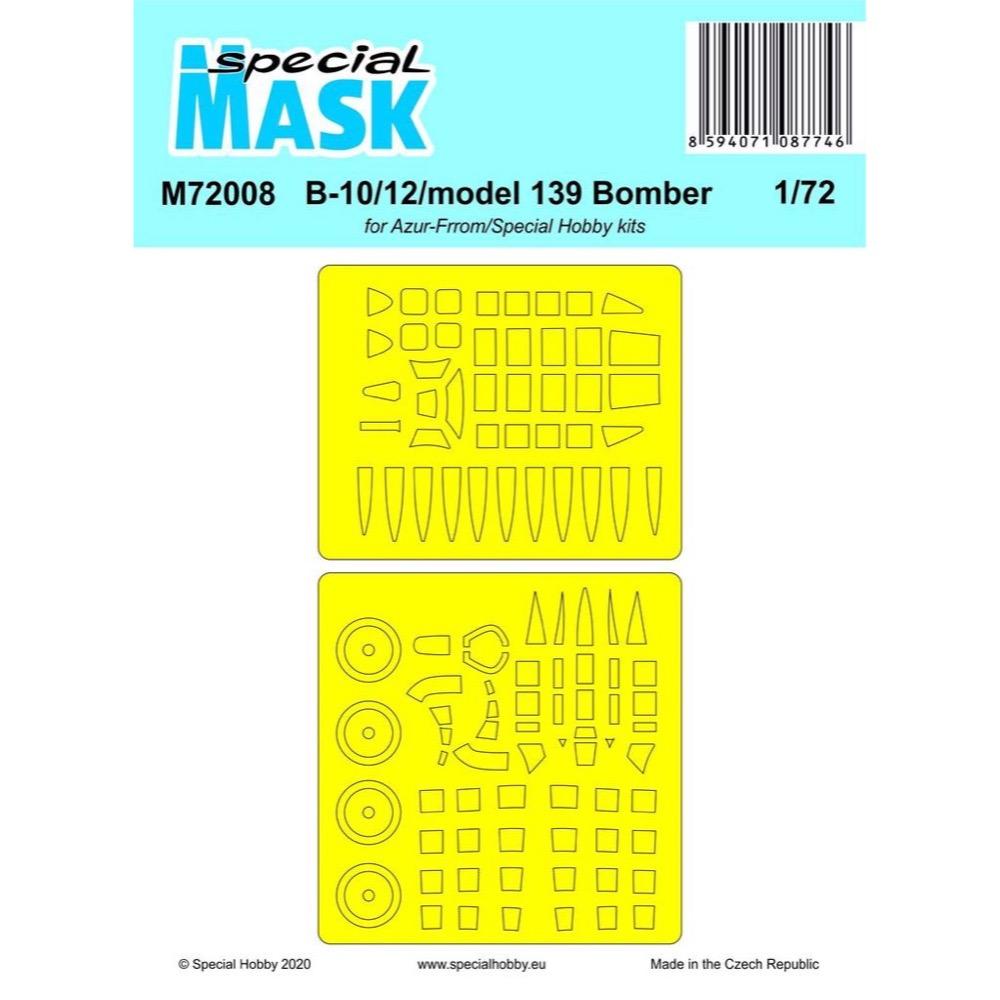
Special Mask M72008 1/72 B-10/12/Model 139 Bomber for Azur-Frrom Special Hobby Kits
4.00
$
<p>Pre-cut paint maks for clear parts and u/c wheels to help you with finishing any of the B-10/12/model 139 releases by Azur-Frrom and Special Hobby. Contains window mask not jst for the standard bomber versions of the type, but for the Argentina converted nose planes too (as offered in FR0043 kit.</p>

